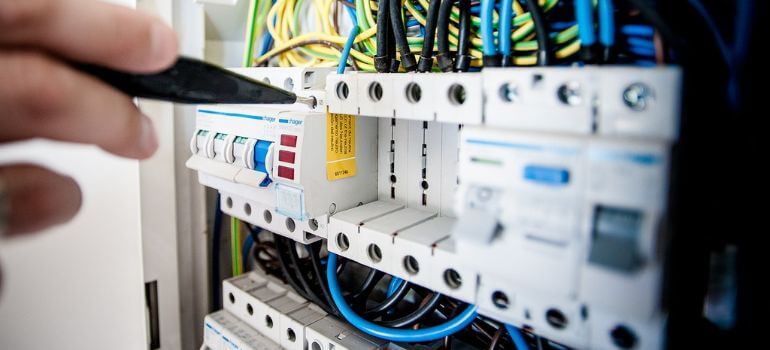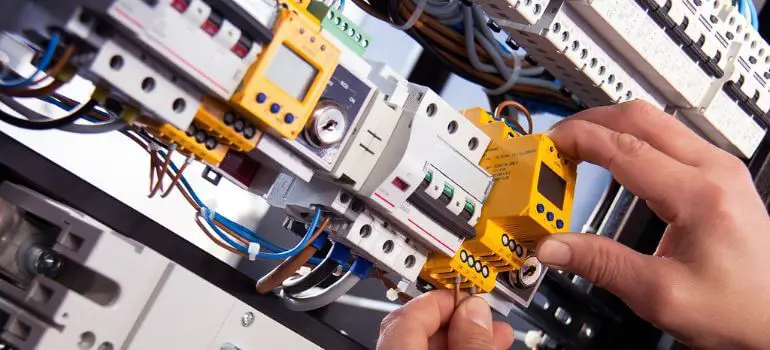Introduction
When it comes to electrical safety, knowing how to turn off the power is crucial. In most homes, you can simply flip the main breaker switch to cut off electricity to the entire house. However, some older homes or specific situations may not have a main breaker. In this article, we will guide you through the process of turning off power without a main breaker. Safety should always be your top priority, so be sure to follow these steps carefully.
Why Would You Need to Turn Off Power Without a Main Breaker?
Before we delve into the details of how to turn off power in such a scenario, it’s essential to understand why you might encounter a situation where there’s no main breaker. Here are a few common reasons:
Older Homes
Many older homes were built before the installation of main breaker panels became standard practice. In such houses, you’ll typically find individual fuse boxes or older electrical systems that lack a central main breaker.
Fuse Box Setup
Homes equipped with fuse boxes have individual fuses for each circuit instead of a central main breaker. If you blow a fuse or need to work on a specific circuit, you’ll need to turn off power at the fuse box.
Specific Electrical Situations
In some cases, you might need to turn off power to a specific circuit without affecting the rest of the house. This could be due to electrical repairs, installations, or maintenance.
Turning Off Power at the Fuse Box

Now that we understand why you might need to turn off power without a main breaker, let’s go over the steps to do it safely.
Step 1: Locate the Fuse Box
Begin by finding the fuse box or electrical panel in your home. It’s typically located in the basement, garage, utility room, or a closet. If you’re unsure, consult your home’s electrical plan or ask a professional electrician for guidance.
Step 2: Identify the Circuit
Inside the fuse box, you’ll see a series of fuses or circuit breakers. Each one corresponds to a specific electrical circuit in your home. To turn off power to a particular area or appliance, you must identify the corresponding fuse or circuit breaker.
Step 3: Turn Off the Circuit
Once you’ve identified the correct circuit, turn off the corresponding fuse or flip the circuit breaker switch to the “off” position. This action will cut power to the selected circuit while leaving the rest of your home powered.
Step 4: Verify Power Is Off
To ensure your safety, double-check that the power is off by testing the appliance or area you’re working on with a voltage tester. This device will indicate whether there is electricity flowing or not.
Conclusion
Knowing how to turn off power without a main breaker is essential for homeowners, especially those with older homes or unique electrical setups. Safety should always be your top priority when working with electricity. By following the steps outlined in this guide, you can confidently manage your electrical systems without the need for a central main breaker.
FAQs
No, if your home lacks a main breaker, you’ll need to turn off power circuit by circuit using the fuse box or circuit breakers.
If you’re not experienced or comfortable working with electricity, it’s best to hire a professional electrician for any electrical work.
Inspect your electrical panel; if you see a large switch labeled as the main breaker, you have a main breaker panel. If you see fuses or smaller circuit breakers, you likely have a fuse box setup.
In most cases, it’s possible to replace a fuse with a circuit breaker, but this should be done by a licensed electrician to ensure safety and compliance with local electrical codes.
Always wear appropriate safety gear, turn off power to the circuit you’re working on, and use a voltage tester to verify that the circuit is de-energized before starting any electrical work. Safety should be a top priority when dealing with electricity.



